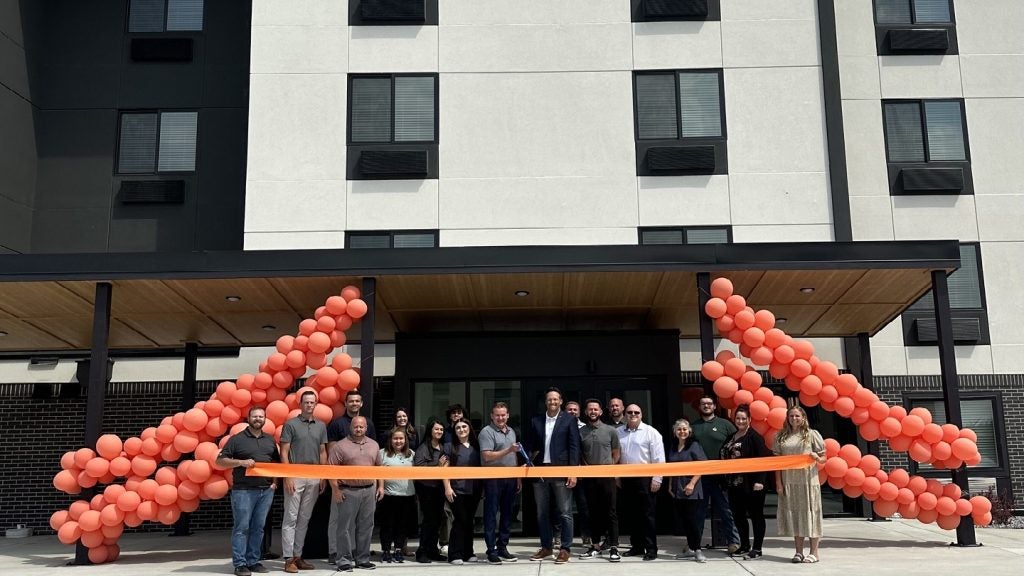
Partnerships between different stakeholders in the healthcare industry are crucial for driving healthcare transformation. Stakeholders can include diverse groups – not just payors, governments and providers, but also pharma companies, academic centers and private practices. But by working together, these stakeholders can address challenges such as treating complex diseases, reducing costs, and increasing efficiency, all while improving patient outcomes.
Courtney DeSisto Obecny, is vice-president of operations and growth marketing at Huma, the healthcare technology company. She tells us that, particularly in the US, there are many different players, each with their own agenda, but ultimately, the goal is to keep people healthy.
“If you can figure out how to work together, everybody comes at it from a unique angle,” DeSisto Obecny says. “Each stakeholder uses different tools…collaboration is something that is unique. It doesn’t happen often where you have all these different players all trying to work together, with one common agenda that ultimately benefits the patients.”
Why is it so difficult to collaborate?
Kaushik Gune, head of healthcare for the US at Huma, tells us that starting with patients and providers is a given, but that: “If we are going to transform US healthcare, you have to start with people who drive US healthcare.”
Currently, healthcare is fragmented, with multiple stakeholders. But patients have varied needs, and solving just for the few does not provide a commercially, operationally, and clinically scalable approach.
“Digital health solutions are part of the answer,” says Gune. “Digital health solutions provide plenty of data, and not only can this lead to better clinical decisions, through better monitoring, but you can use this data to justify reimbursement.”
How well do you really know your competitors?
Access the most comprehensive Company Profiles on the market, powered by GlobalData. Save hours of research. Gain competitive edge.

Thank you!
Your download email will arrive shortly
Not ready to buy yet? Download a free sample
We are confident about the unique quality of our Company Profiles. However, we want you to make the most beneficial decision for your business, so we offer a free sample that you can download by submitting the below form
By GlobalData“If you can think of this as a patient journey – from being healthy to being sick in hospital – we’re not doing enough upfront,” explains Gune. “Providers have incentives to do more, due to reimbursement codes. Looking from a payer perspective, how can we make their jobs easier? For patients, they just want to know…that they have access to their doctor if they need it. For pharma, the conversation is going to be around the drugs, from a commercial objective.”
Digital health, including wearable tech and Software as a Medical Device (SaMD) have the potential to revolutionize healthcare by streamlining monitoring and offering home treatments. These solutions capture patient data, including heart rate, blood pressure, BMI, steps, and activity from connected devices. Medical experts can monitor this data, and the rise of AI and machine learning allows for real-world data to provide predictive health insights for complex conditions.
Transformation in the medical device landscape is already in motion, and a recent report from GlobalData’s Thematic Research on mobile health apps forecasts the regulated medical apps market to reach US$12.1 billion by 2030.
Healthcare is undergoing a shift from reactive to proactive
Partnerships are key, whether formal or informal, says Gune: “Formal partnerships, like we have with AstraZeneca or informal partnerships that we have with our patients, through contracts with their providers. You need everybody to do their part…and technology is just a small part of it.”
Jessica Cormier-Breslin, director of clinical services for the US at Huma, tells us the relationships that they build are super important. “You have the same monitor talking to the same patient building that relationship,” she says. “They love the idea that somebody is watching out for them…very quickly because you are responding to an app showing symptoms.
“The monitors build a relationship with those patients, then the escalations get to the practice, so you start to build that relationship. Each practice is very specific about what they want and what is valuable to them (what data points), and it builds relationships from the practice with Huma in a regular cadence because we are providing the service for their patients.”
Cormier-Breslin says that there is currently a pivot going on in healthcare – from reactive to proactive. “It’s being noticed across the board, in all different cohorts,” she says. “It’s very overwhelming for a lot of the population, so changing this view has been really eye opening. Finding partners who also agree with that, and believe in that, has really been helpful.”
What can we expect for the future?
Gune tells us that when it comes to digital healthcare, pharma companies are still thinking disease by disease, but no patient wants seven different apps tracking their medications. And the provider wants just one for all his patients, on diseases of all use cases. This means a more holistic approach, says Gune.
Huma’s remote patient monitoring platform currently supports a growing network of patients across a wide range of SaMD, healthcare applications and clinical trials. In 2023 the SaMD platform achieved the world’s first and only multi-condition EU Medical Device Regulation (MDR) Class IIb approval in Europe, closely followed by US Food and Drug Administration (FDA) Class II clearance.
Huma modules include clinician-to-patient messaging, connected devices and smart notifications. This award-winning, disease-agnostic software has now powered more than 450 deployments across 60 countries.
“Huma is providing flexible solutions that meet multiple provider and patient needs versus just one need, and it’s doing it really well,” says Gune. “It’s taken years to get to this type of conversation, and I believe the partnerships are driving the transformation.”
For more information on how partnerships are helping to drive digital health solutions, download the free paper below.








